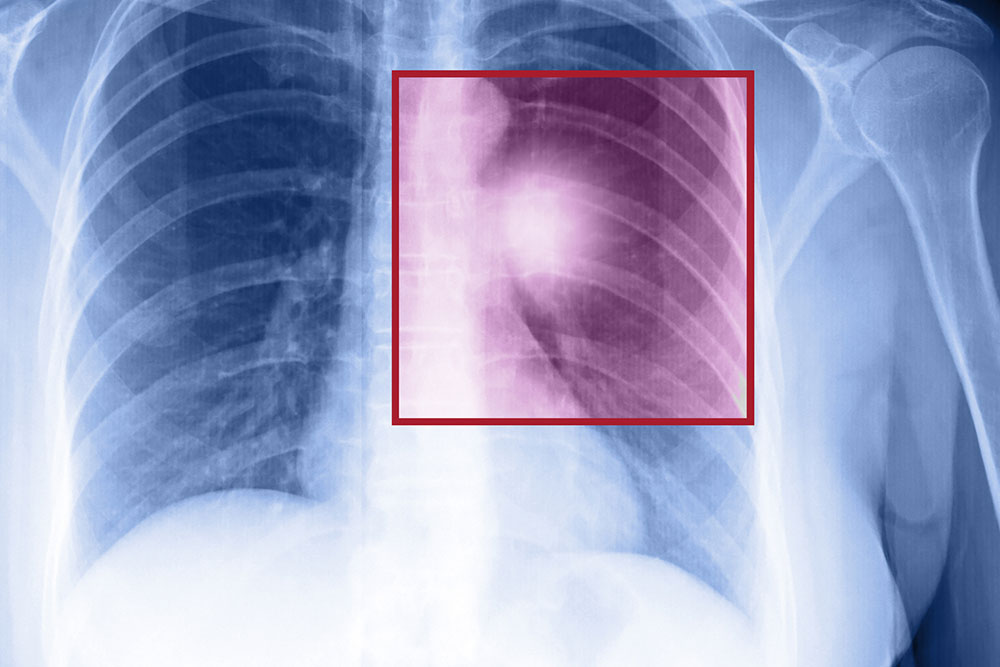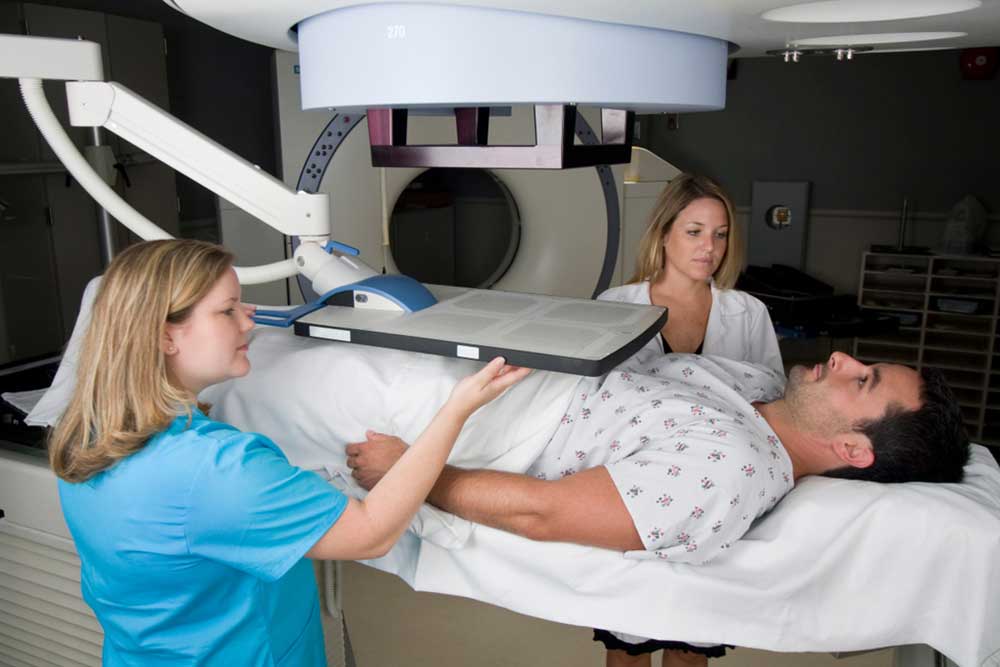Comprehensive Guide to Stage 4 Breast Cancer and Its Management
This comprehensive guide explains metastatic (Stage 4) breast cancer, its development stages, symptoms, diagnostic methods, and treatment options. It highlights the importance of ongoing monitoring and combining conventional with natural therapies to improve quality of life. Patients are encouraged to consult healthcare professionals for personalized care and support. The article aims to provide clear, helpful information for those affected or interested in breast cancer management.

Comprehensive Guide to Stage 4 Breast Cancer and Its Management
Understanding Metastatic Breast Cancer
Although breast cancer can affect both men and women, it predominantly occurs in women. Advances in detection and treatment have led to a decline in mortality rates. The American Cancer Society reports over 3.1 million breast cancer survivors in the U.S.
Metastatic breast cancer, also known as Stage 4, occurs when cancer spreads beyond the original site to other organs via the lymphatic system or bloodstream. While incurable, treatment options aim to enhance quality of life and prolong survival.
Breast Cancer Development Stages
Breast cancer progresses through various stages. Alarmingly, nearly 30% of early diagnoses advance to metastasis.
Stage 0: Non-invasive, cancer cells confined to milk ducts; early detection can prevent progression to invasive disease.
Stage 1: Cancer begins invading nearby tissues. Subcategories depend on tumor size and spread; surgery is the main treatment.
Stage 2: Cancer shows growth within the breast with possible local spread; treatment often involves surgery plus combined therapies.
Stage 3: Spread extends to lymph nodes or chest walls, classified as locally advanced. Treated with chemotherapy, surgery, and radiation.
Stage 4: Cancer has metastasized to distant organs and lymph nodes beyond the breast, requiring comprehensive therapy approaches.
Detecting Metastatic Breast Cancer
Despite aggressive treatment, recurrence and metastasis remain concerns. Symptoms vary based on where the cancer has spread, commonly affecting bones, liver, lungs, and brain.
Signs of metastasis include:
Breast or underarm lumps, pain, or nipple discharge
Bone metastasis symptoms:
Bone pain, fractures, swelling, weakness, numbness
Brain metastasis symptoms:
Memory issues, headaches, vision or hearing problems, dizziness, seizures, mobility difficulties
Lung metastasis symptoms:
Shortness of breath, persistent cough, chest pain
Liver metastasis symptoms:
Jaundice, abdominal swelling, itching, liver pain, fatigue, loss of appetite, yellowing of eyes/skin, belly pain
Note that metastasis can occur months or years after initial treatment, emphasizing the need for ongoing monitoring.
Management and Treatment Strategies
Chemotherapy, used pre- or post-surgery, reduces tumor size or destroys residual cells.
Hormone therapy employs SERMs and aromatase inhibitors to block estrogen's role in cancer growth.
Radiation therapy targets residual cancer in the breast or lymph nodes after surgery.
Targeted treatments focus on specific cancer cell features, such as abnormal proteins.
Surgical intervention may be an option based on the patient's condition.
Complementary Natural Approaches
Patients may pursue natural therapies alongside conventional treatments after consulting their healthcare provider. Popular options include:
Acupuncture: Relieves chemotherapy-induced nausea and certain pains.
Massage therapy: Reduces pain, stress, and fatigue.
Gentle exercise: Can help improve survival and sleep quality.
Practices like meditation, yoga, and music therapy are also beneficial in managing symptoms and treatment side effects. Palliative care provides support for emotional and physical well-being throughout the journey.
Always consult a healthcare professional for personalized advice regarding diagnosis and treatment options.










